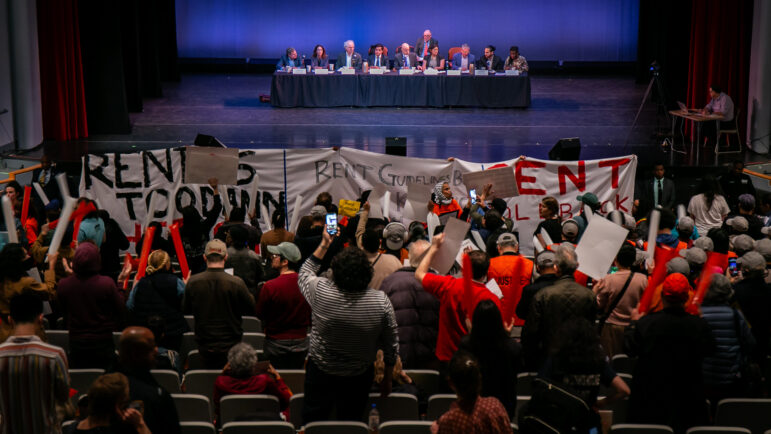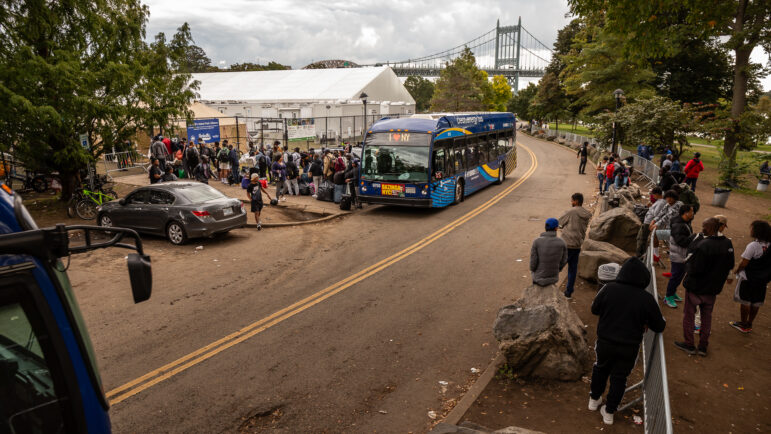
Photo by: strngwrldfrwl
Two years ago, the Department of Education (DOE) announced plans to reform special education in New York City. The stated goals of the reform were to improve access to more challenging academic curricula and to achieve better outcomes for students with disabilities by enrolling more special education students in community schools. Piloted in 260 public schools for the past two years, the reform was extended this month to most of the city’s public schools, which are now expected to serve and meet the needs of considerably more special education students than in the past.
There is no doubt that New York City needs to change the way we educate and support our students with disabilities. For too long, students with disabilities have been sent to schools far away from home, where they have been segregated in classes with little access to challenging academic curricula and abysmal graduation rates. Black boys, in particular, have been disproportionately represented in the most segregated special education classes. This administration deserves credit for facing some of the most intractable problems with special education and making an attempt at reform.
The reform is now focused primarily on assuring that students with disabilities have access to their community schools. That is an important start, as we have seen some schools turn away students with disabilities for years, without making any attempt to serve them. However, the DOE must ultimately make sure that all students, including students with disabilities, receive effective instruction and all the supports and services they need to make that instruction successful, regardless of where they are seated. Based on our conversations with teachers and principals, many schools do not feel prepared to provide a quality education to students across the broad spectrum of disability. The DOE will have to make a significant investment in the classroom experiences of students with disabilities before we will begin to see real and meaningful changes to their daily experiences and long-term outcomes.
As the reform has rolled out, we have seen families caught between the DOE’s insistence that students with disabilities attend their community schools, and the failure to prepare some of those schools adequately to welcome and support children with a wide variety of needs. Over the summer, AFC received calls from more than 40 parents of incoming kindergarten students with disabilities whose zoned schools made clear they would not be able to provide the type of class recommended for the individual children by the DOE for kindergarten. When we brought those cases to the attention of the DOE, they eventually resolved a majority of them. However, only a small percentage of families find their way to organizations like ours; we worry that the DOE has not put out the information and the contacts that families require to assert their rights and stand up for what their children need.
So where does this all leave us?
In order for the reform to boost achievement, the DOE needs to shift its focus from enrolling students in their community schools to providing them support once they get there. In particular, we call upon the DOE to:
- Provide on-going, intensive, at-the-elbow support for school-level staff to meet the additional needs of increasing numbers of students with disabilities in their schools – including professional development on the delivery of effective, research-based instruction to students with learning and behavioral challenges;
- Develop and implement immediately a better plan for engaging parents in the reform at the local level and giving parents information about what to do if their schools lack the expertise or capacity to meet their children’s needs;
- Complete and share publicly a detailed review of the first phase of the reform. Parents, educators, and the public need to know what happened in the 260 schools where this reform was piloted. What were best practices identified in those schools? Who were the students most affected? Which research-based interventions were used to provide support in reading, math, and behavior, and how successful were those interventions? What was the true impact of the pilot on the individual students with and without disabilities in those schools?
Special education reform is very much a work in progress. To succeed, the DOE will need to embrace parents as stakeholders in this process and double down on its commitment to build capacity and expertise at the school level.
- Complete and share publicly a detailed review of the first phase of the reform. Parents, educators, and the public need to know what happened in the 260 schools where this reform was piloted. What were best practices identified in those schools? Who were the students most affected? Which research-based interventions were used to provide support in reading, math, and behavior, and how successful were those interventions? What was the true impact of the pilot on the individual students with and without disabilities in those schools?
- Develop and implement immediately a better plan for engaging parents in the reform at the local level and giving parents information about what to do if their schools lack the expertise or capacity to meet their children’s needs;








